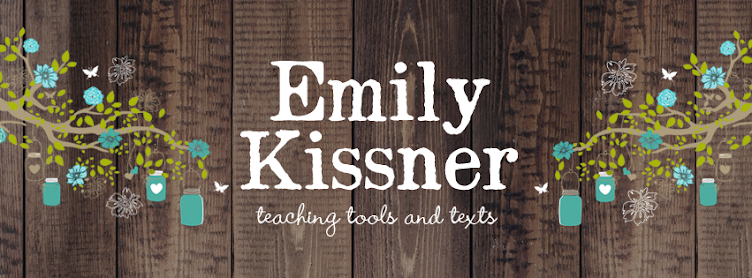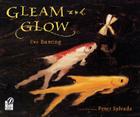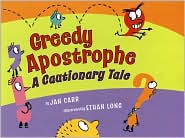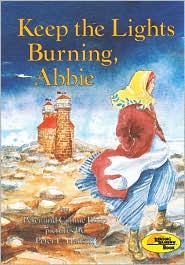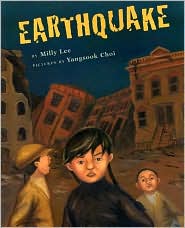So I am now careful with the homework that I send home. What do I value in spelling instruction? What do I want to be communicated across home and school? My first step, of course, is to make everything predictable and easy to understand. (As a parent, I love predictability!) I put the spelling list on the front page, along with a list of the assignments. Usually I also include a little note about the list, explaining why it is interesting or important. The rest of the homework assignments are stapled in opposite order, so that pages are easy to tear off and turn in.
But what do I put on those pages? If you're a classroom teacher, you can probably appreciate the challenge the of coming up with homework for each week. I know that generic assignments are easy. However, since so many of my spelling words are vocabulary words as well, I want to make assignments that are content-rich. Helping kids to learn about words and how they work is something that I value highly. Here are some assignments that I use and recombine for each list.
Semantic maps
These take some teaching, but they really work well. I have kids do about 2 semantic maps for each list. They are best used judiciously--I would never want to make kids do a semantic map for each word on a list. I look for words that will lead to interesting conversations, and words that have lots of possibilities for adding prefixes and suffixes. For example, "murky" is not the most common academic word, but it is an interesting adjective, and has many different forms, like murkier, murkiest, murkiness, and so forth. A month later, a few students spontaneously used this word in their descriptive paragraphs.
To make a semantic map, simply make a nine cell table in word. Use "merge cells" to combine the middle three cells, and gray out the middle cells on the left and the right.
After kids have created their own semantic maps, we make class maps together. It's always interesting to hear how different dictionaries and thesauruses list different words. And it's good for the kids to have a use for the dictionaries they were given in third grade.
(More information on semantic maps is included in my Differentiated Spelling file.)
Sentences
It's pretty disheartening to see hastily written spelling sentences. At the same time, I don't really want to spend my entire life grading spelling sentences. I've found that the quality of sentences increases when I give kids two words to use. Sometimes, I offer words that fit together well, like "phantom" and "night"; sometimes, I offer words that will nudge kids toward writing more complex sentences, like "fought" and "but". (These were from a list of gh and ph words) When we share our work, it's always fun to see how everyone used the same two words to create very different sentences.
Comics
These offer the artistic students a chance to shine! I make four panels on the page, and students have to write a comic using a given number of words.
Multiple Meaning Words
 No matter what the list, I can always manage to find a few multiple meaning words. These are so important for reading success that I want to give kids a chance to work with them. One easy task is to put two definitions in a box, and then have kids decide which definition is shown in each sentence. Another task is to illustrate sentences that show each meaning of the word. Notice the common theme--I like to give kids the definitions, and then have them work with the words in a meaning-based way.
No matter what the list, I can always manage to find a few multiple meaning words. These are so important for reading success that I want to give kids a chance to work with them. One easy task is to put two definitions in a box, and then have kids decide which definition is shown in each sentence. Another task is to illustrate sentences that show each meaning of the word. Notice the common theme--I like to give kids the definitions, and then have them work with the words in a meaning-based way.Affix study
Many of our lists focus on what happens to words when we add prefixes and suffixes. In homework assignments, I try to highlight these aspects. Charts are a great way to do this. You can give kids the base words and suffixes; they can write the derived words and try to use a few in sentences. You can give kids the derived words; they can write the base words. In the chart to the right, students have to decide how to change the spelling of the base word as they add the given suffixes.
Handwriting
Practicing cursive has its place. After all, kids need to be able to read cursive. I practice my cursive skills each week when I make a handwriting practice sheet. But handwriting practice doesn't have to be boring! On the page that I gave students today, they had to circle the illegible writing and find the invisible hamster. (Can you tell that we were examining words with the -ible suffix?) On another assignment, they had to copy and illustrate the sentence "Please refrain from raisin mistakes." Lots of funny discussions there--but they helped kids to build their understanding of the use of the word refrain.
By mixing these different assignments, I can add some variety to each week's spelling list--without feeling like I'm starting from scratch each week. I haven't published any of the lists in this style, but I can send some your way if you'd like. (I'm doing materials for Syllables and Affixes and Derivational Relations this year.) How has your thinking about spelling homework changed?
